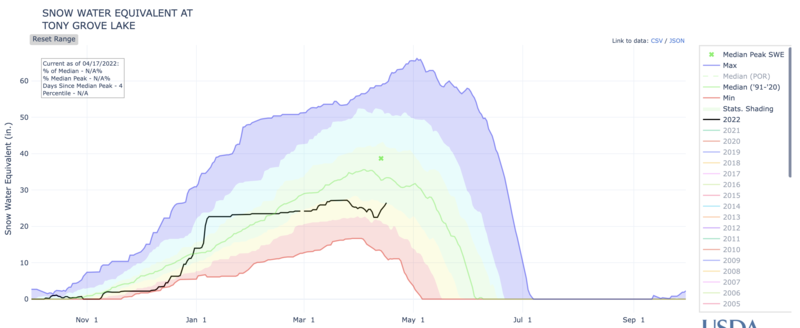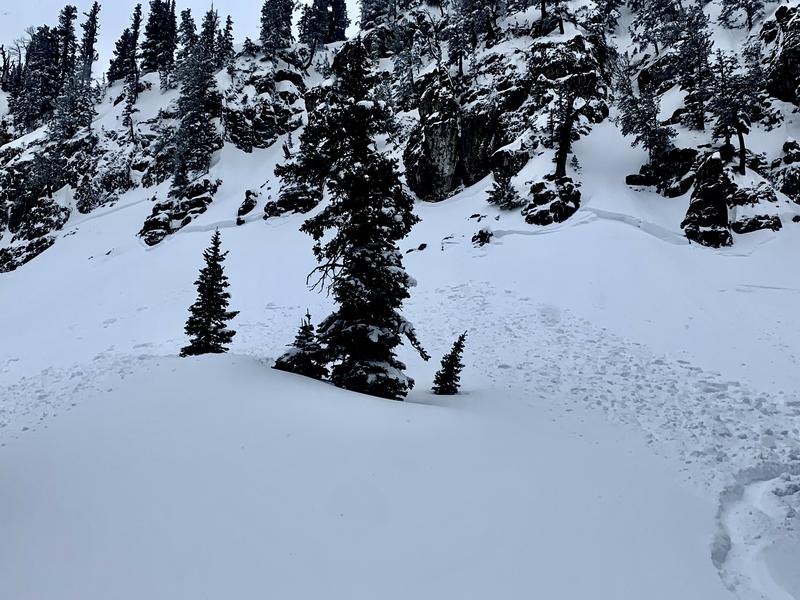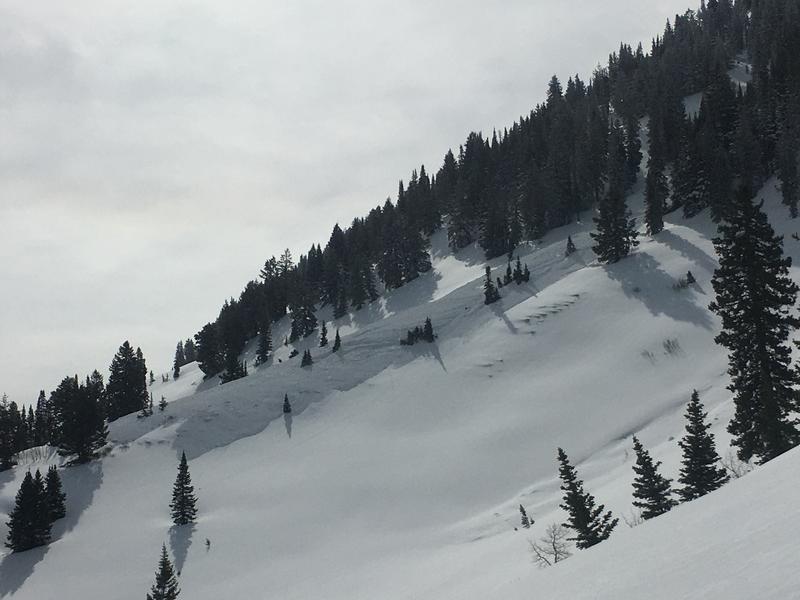Forecast for the Logan Area Mountains

Issued by Toby Weed on
Monday morning, April 18, 2022
Monday morning, April 18, 2022
We're done issuing regular avalanche forecasts and danger ratings for the season.
Seasonal warmth and high angled sun will cause a heightened danger of wet loose and wet slab avalanches as temperatures rise in the middle of the day. In the Spring it's a good idea to get an early start so you can reach your objective and get down before the surface snow gets wet and sloppy.

Low
Moderate
Considerable
High
Extreme
Learn how to read the forecast here











